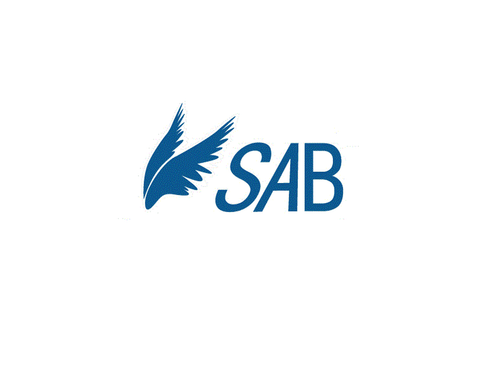Product Description
TSC1 Antibody | 3503 | ProSci
Host: Rabbit
Reactivity: Human, Mouse
Homology: Predicted species reactivity based on immunogen sequence: Rat: (87%)
Immunogen: Rabbit TSC1 (CT) polyclonal antibody was raised against a 15 amino acid synthetic peptide from the carboxy terminus of human TSC1.
The immunogen is located within amino acids 850 - 900 of TSC1.
Research Area: Signal Transduction
Tested Application: E, WB
Application: TSC1 antibody can be used for the detection of TSC1 by Western blot at 2 and 4 μg/mL.
Antibody validated: Western Blot in mouse samples. All other applications and species not yet tested.
Specificiy: N/A
Positive Control 1: Cat. No. 1285 - C2C12 Cell Lysate
Positive Control 2: N/A
Positive Control 3: N/A
Positive Control 4: N/A
Positive Control 5: N/A
Positive Control 6: N/A
Molecular Weight: N/A
Validation: N/A
Isoform: N/A
Purification: TSC1 Antibody is affinity chromatography purified via peptide column.
Clonality: Polyclonal
Clone: N/A
Isotype: IgG
Conjugate: Unconjugated
Physical State: Liquid
Buffer: TSC1 Antibody is supplied in PBS containing 0.02% sodium azide.
Concentration: 1 mg/mL
Storage Condition: TSC1 antibody can be stored at 4˚C for three months and -20˚C, stable for up to one year. As with all antibodies care should be taken to avoid repeated freeze thaw cycles. Antibodies should not be exposed to prolonged high temperatures.
Alternate Name: TSC1 Antibody: LAM, TSC, KIAA0243, Hamartin, Tuberous sclerosis 1 protein
User Note: Optimal dilutions for each application to be determined by the researcher.
BACKGROUND: TSC1 Antibody: Tuberous sclerosis complex (TSC) is an autosomal dominant tumor syndrome caused by mutations in either of the TSC1 or TSC2 tumor suppressor genes. The products of these genes form a protein complex that indirectly decreases the signaling of the mammalian Target of Rapamycin (TOR) , an evolutionarily conserved serine/threonine kinase that regulates cell growth and cell cycle through its ability to integrate signals from nutrient levels and growth factors. TOR activity is stimulated by Rheb, a member of the Ras superfamily of G-proteins, when the GTP/GDP ratio bound to Rheb is high. Immunoprecipitated TSC1/TSC2 has been shown to stimulate Rheb GTPase activity in vitro, suggesting that the TSC1/TSC2 decreases the ability of Rheb to stimulate TOR activity. This is supported by experiments showing overexpression of TSC1 and TSC2 results in a significant decrease in the GTP/GDP ratio bound to Rheb and the inhibition of cell growth. A shorter 40 kDa isoform of TSC1 has been shown to exist but its function is unknown.
 Euro
Euro
 USD
USD
 British Pound
British Pound
 NULL
NULL










![TSC1 Antibody [APR10571G] TSC1 Antibody [APR10571G]](https://cdn11.bigcommerce.com/s-452hpg8iuh/images/stencil/500x659/products/863639/1155706/logo__92149.1659788186__80766.1659859840.png?c=2)



